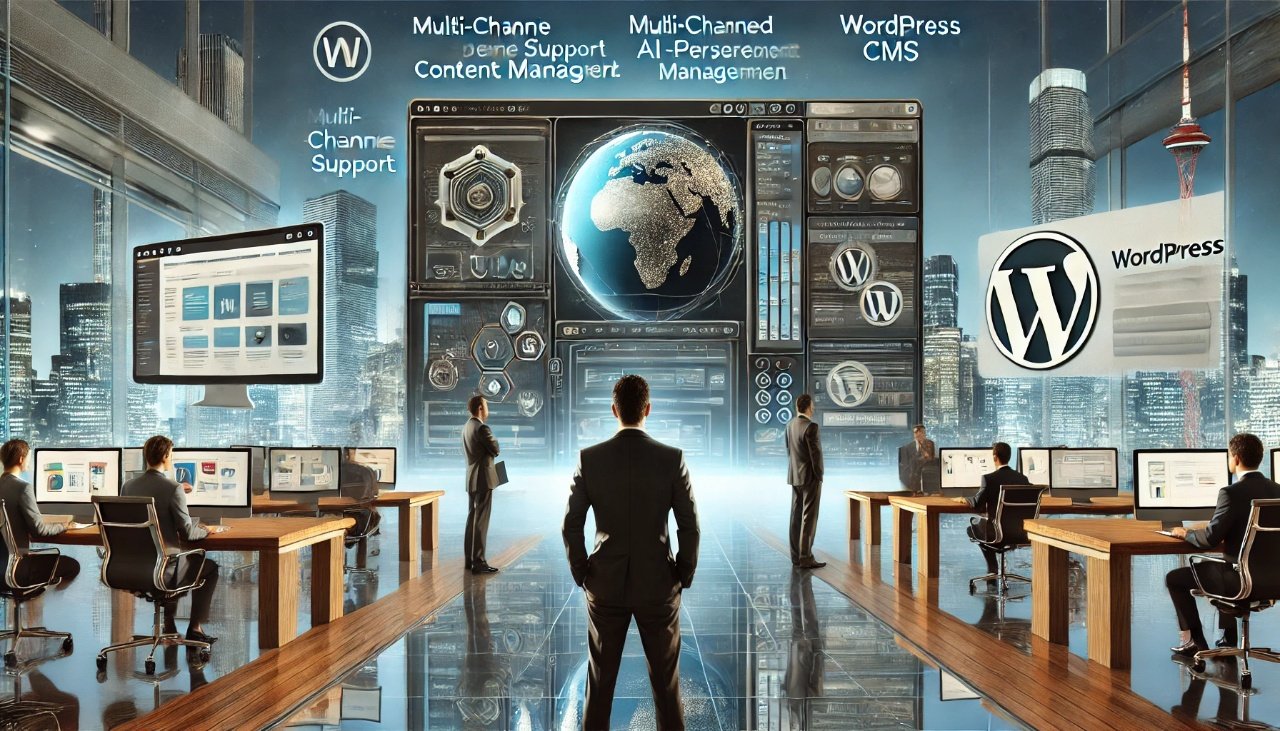A company’s online presence is a major source of revenue generation. The vast digital footprint not only expands the customer base but also enables one to maintain the existing one. Expanding one’s digital presence is quite a valuable tool for hiring a talented pool of candidates, apprising media and investors, and maintaining healthy relationships with vendors. Another way to build robust relationships is by leveraging digital content sources like documents, images, infographics, videos, and apps. However, providing personalized content to users at every stage across multiple platforms requires multifaceted digital solutions and that’s exactly where Adobe Experience Manager (AEM) comes into the picture.
AEM is an enterprise web content management system that is used by major corporations of the world as it simplifies the management of web site’s content and assets. AEM can be used alone or in conjunction with other components for a complete digital marketing solution. Using the modules collectively would enable developers to build websites, mobile apps, and forms to manage marketing content and assets smoothly and easily.
WordPress on the other hand is a free and open-source website platform that can be utilized for a variety of purposes. For instance, from blogging to portfolio websites, WordPress does it all without creating any hassles. It is the most popular amongst folks who do not possess any coding experience and who wish to build their websites and blogs. The software is free of cost and is quite easy to use, install and modify.
In this blog, we will talk in detail about why AEM is a more popular CMS platform than WordPress nowadays for ever-evolving businesses.
Multi-Channel Support
Multi-Channel supporting CMS allows users to maintain information and content centrally. Moreover, users can publish content to various channels simultaneously further saving them considerable time and monetary resources. AEM offers multi-channel support in which authors can create the content only once and deploy it across the web, mobile, IoT, single-page applications, and in-venue screens without any hassles.
Conversely speaking, WordPress lacks this premium feature. In WordPress, users can upload their content only through a single channel. Hence, if developers wish to manage multiple channels and need to write content only once then probably WordPress is not the perfect fit. In that case, AEM must be chosen.
Advanced Analytics
Advanced analytics platforms enable enterprise owners to comprehend the needs of customers well which further enables them to expand their business and create a pool of loyal customers. Customers love to be pampered and like being taken care of. Hence, enterprise owners should leverage this to attract a larger customer base.
With AEM, users can reach the right audience through artificial intelligence and machine learning. In AEM, users have the provision to deliver highly personalized digital experiences to every customer without leaving the platform. WordPress, on the other hand, has a built-in analytics tool that provides significant insights into customer behaviors.
Customer Engagement
AEM possesses built-in Artificial Intelligence and Machine Learning integrated into its CMS. These speed up content creation so that users can deliver tailor-made experiences to customers at a large scale. The ability to create content once and deploy it everywhere ensures efficiency remains intact and content is reached to millions of customers even across affiliated properties without any additional work.
WordPress on the other hand does not have any built-in AI or MI capabilities. Though blog-based websites can surely leverage the costing structure of WordPress. Large-scale enterprises can not as they require out-of-the-world experience for customers which only AEM’s robust AI and ML possess.
Conclusion
Choosing the right CMS can seem to be an overwhelming and arduous task. However, it isn’t if thorough research has been done. Choosing CMS comes down to one’s organization’s needs and requirements. While the advanced features of AEM maintain the overall process of CMS, these features are latent in WordPress. AEM is known to equip its users with a personalized and customized user experience. As it contains the latest technologies which further makes it a robust content management platform. Though there is a significant difference in the price range between AEM and WordPress. AEM is worthy of its price as it is imperative for large-scale businesses. As it helps to maintain multiple business channels and various levels of customers.
It is recommended that enterprise owners do their research and then make a sound decision. CMS might cost them a fortune if the one which is at par with their requirements is not chosen.








